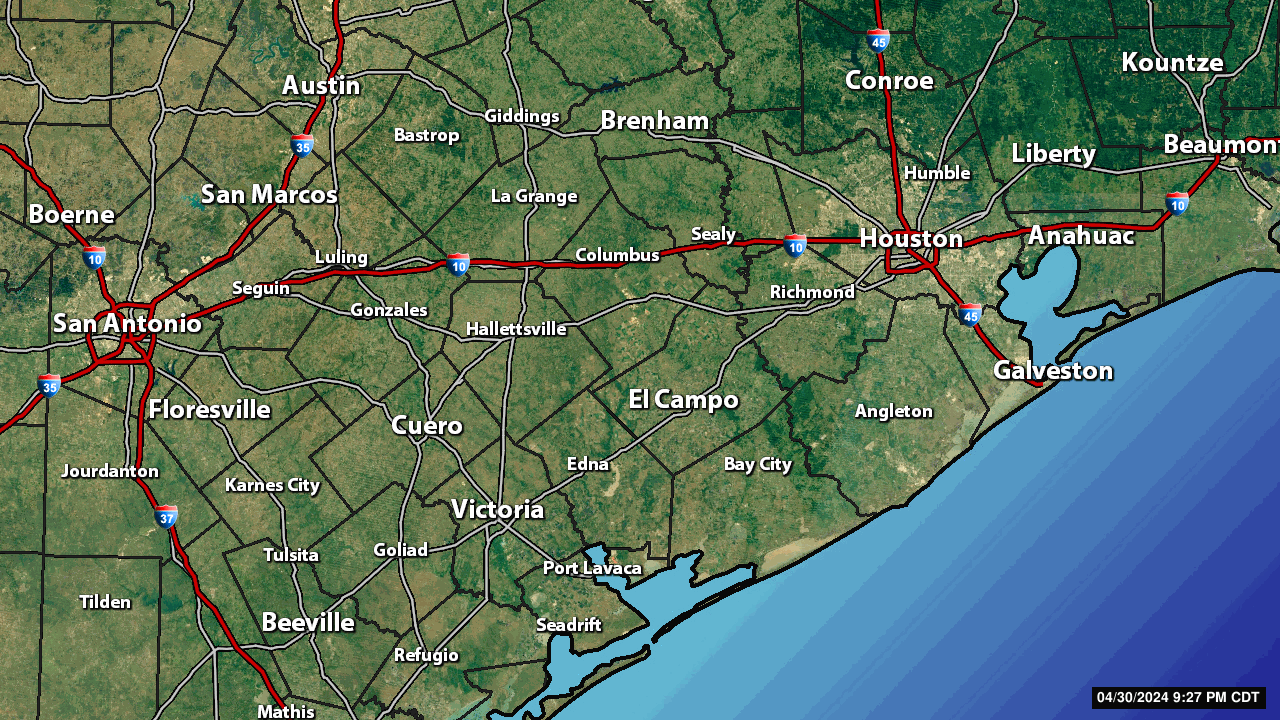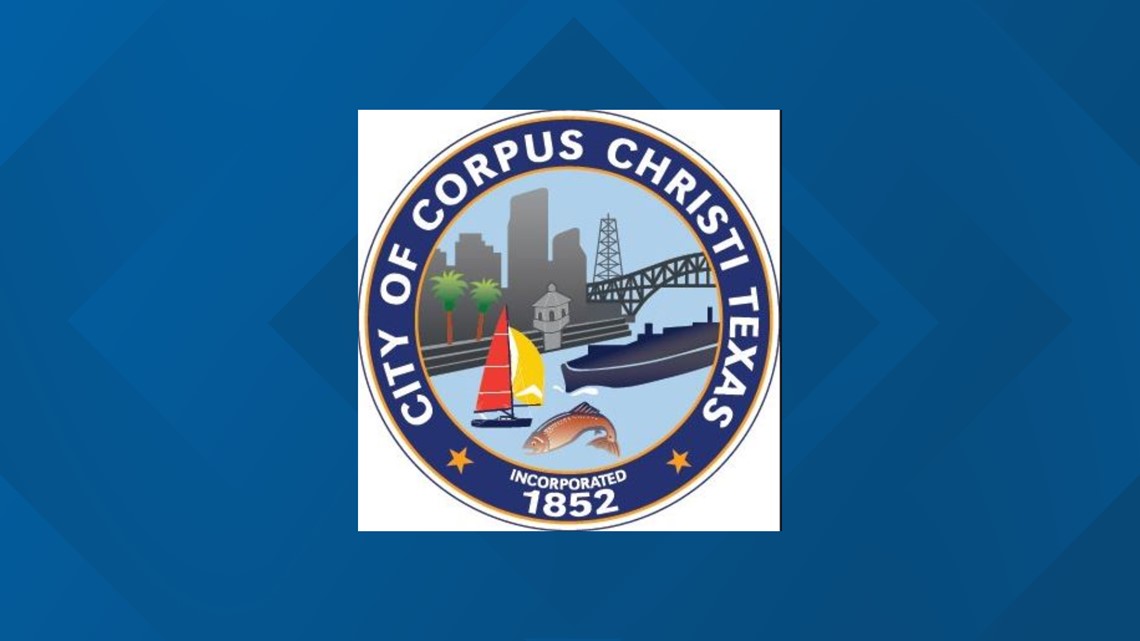

Further, the statistical information generated in the construction of a superensemble was used to develop a unified cloud param-eterization scheme for a single model. It was shown that it is possible to substantially reduce the 1–5-day forecast errors of phase and amplitude of the diurnal cycle of clouds from the use of a multimodel superensemble.

Next, a superensemble approach was used to combine these model forecasts based on their past performance. Four versions of the Florida State University (FSU) global spectral model (GSM) were used, including four different cloud parameterization schemes in order to construct ensemble forecasts of cloud covers.

This study addresses the issue of cloud parameterization in general circulation models utilizing a twofold approach. These results indicate that the modeling approach produces reasonable forecasts for this case study. Conversely, during periods in which no hypoxia was observed, the model's estimate remained below 20%. During periods in which hypoxia was observed, forecast probabilities of hypoxia exceeded 80%. Using k-nearest neighbor and regression tree algorithms, approximate probabilities of observing hypoxia the following day were calculated, and estimates of dissolved oxygen levels were also computed. By including latitude and longitude coordinates as additional variables, a spatial depiction of hypoxic conditions can be illustrated effectively, allowing for more efficient summer data collection and more accurate, near-real-time projections. Next, machine learning algorithms are constructed employing the continuous, normalized values from a variety of sensor locations. To predict hypoxic events, these three mathematical trends are isolated and extracted to obtain unbiased forecasts using a sequential normalization approach. Dissolved oxygen levels in this bay can be characterized by three temporal trends (daily, seasonal, and long-term). This study's primary objective lies in short-term forecasting of where and when hypoxia may transpire to enable observing its effects in real time, focusing on a case study in Corpus Christi Bay (Texas). A comparison will be made between the results of the fused model and those of the individual models to test the effectiveness of model fusion in predicting the estuarine condition in the model. On the other hand, the valve model determines the distance traveled by a gravity-current upon entering Corpus Christi Bay from adjacent estuaries and bays and the period of time it persists. The k-nearest neighbor predicts the probability of occurrence of hypoxia 24 hours later, and the levels of dissolved oxygen. The models that will be used as a part of this study are: a data-driven k-nearest neighbor model (Coopersmith, 2008), and a physics-based valve model (Sin Chit To, 2009). The approach involves developing and testing a suite of data-driven model fusion approaches with the help of cyberinfrastructure.
#Corpus christi radar in motion manual
The aim of this paper is to create more accurate and efficient near-real-time forecasts of hypoxia that will give researchers advance notice for manual sampling during hypoxic events. Hypoxia in CCBay occurs primarily due to inflow of hypersaline waters that enter from adjacent bays and estuaries, fluctuations in oxygen levels due to the oxygen production-consumption cycle of the aquatic flora and fauna, seasonal fluctuations, and lastly, discharges from several wastewater treatment plants. An example of such an hypoxic zone forms intermittently in Corpus Christi Bay (CCBay), Texas, a USEPA-recognized estuary of national significance. Hypoxic or dead zones, which occur when dissolved oxygen levels in water drop below 2 mg/L, are prevalent worldwide.


 0 kommentar(er)
0 kommentar(er)
